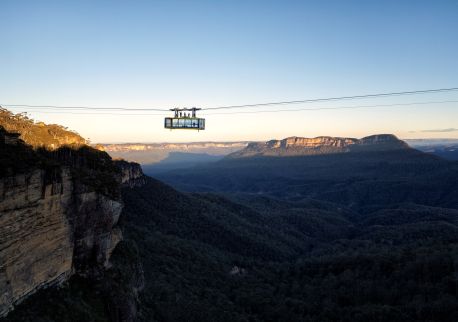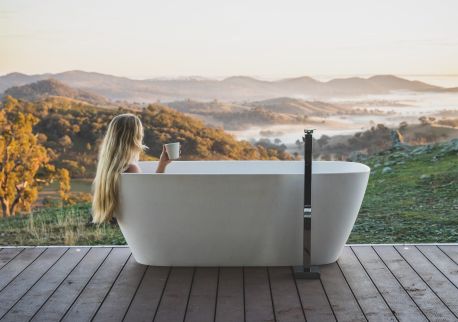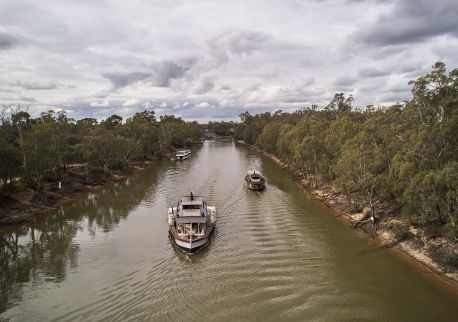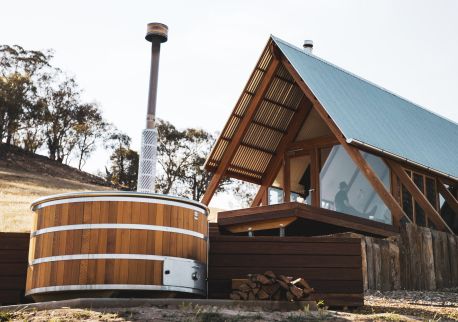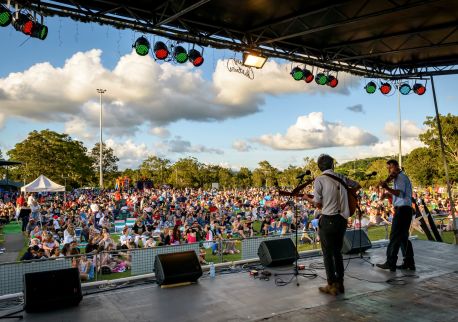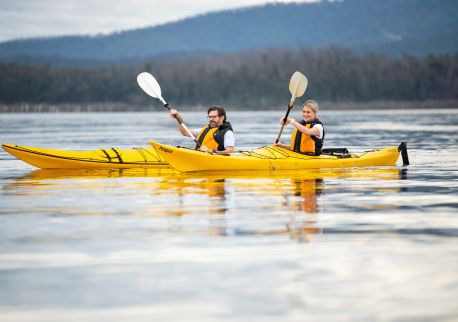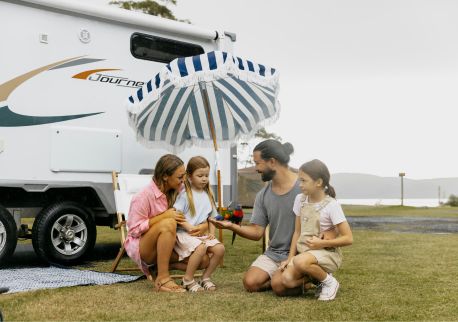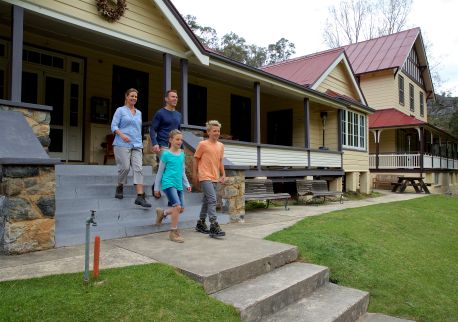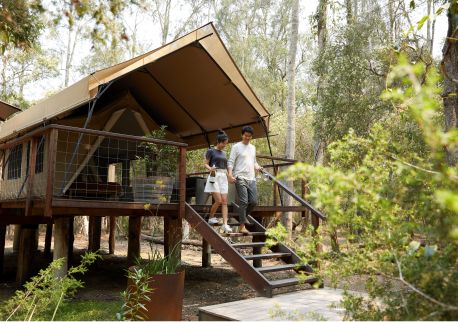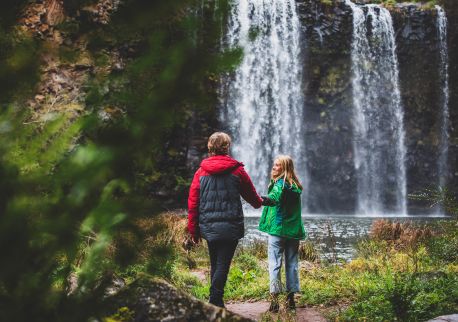Griffith Regional Theatre Soft Sculptured Curtain
Highlights
Overview
The Soft Sculptured Curtain was first unveiled at the Griffith Regional Theatre on 19th February 1987. A real work of art, the five by twelve-metre soft sculptured curtain was hand sown by over 300 locals and took over 12 months to make.
Today the Soft Sculptured Curtain is available for public viewing with an audio presentation of its history at Griffith Regional Theatre on selected dates - (please check with Griffith Regional Theatre or the Griffith Tourism Hub regarding availability).
While you are at the Griffith Regional Theatre don't forget to check out the Mosaic Lifecycle Community Cultural Project which is on display at the Theatre entrance.

